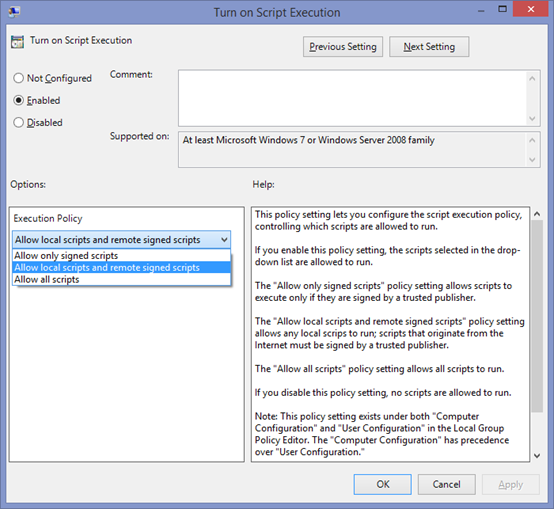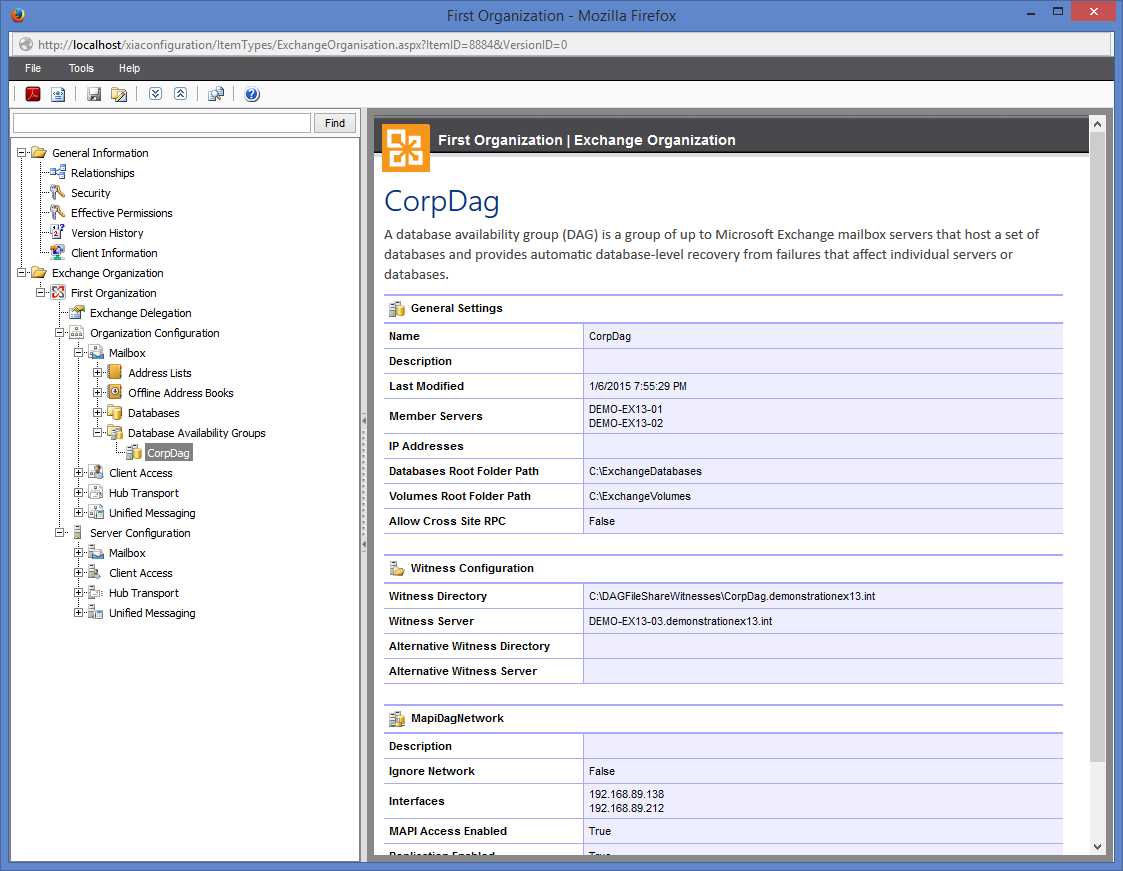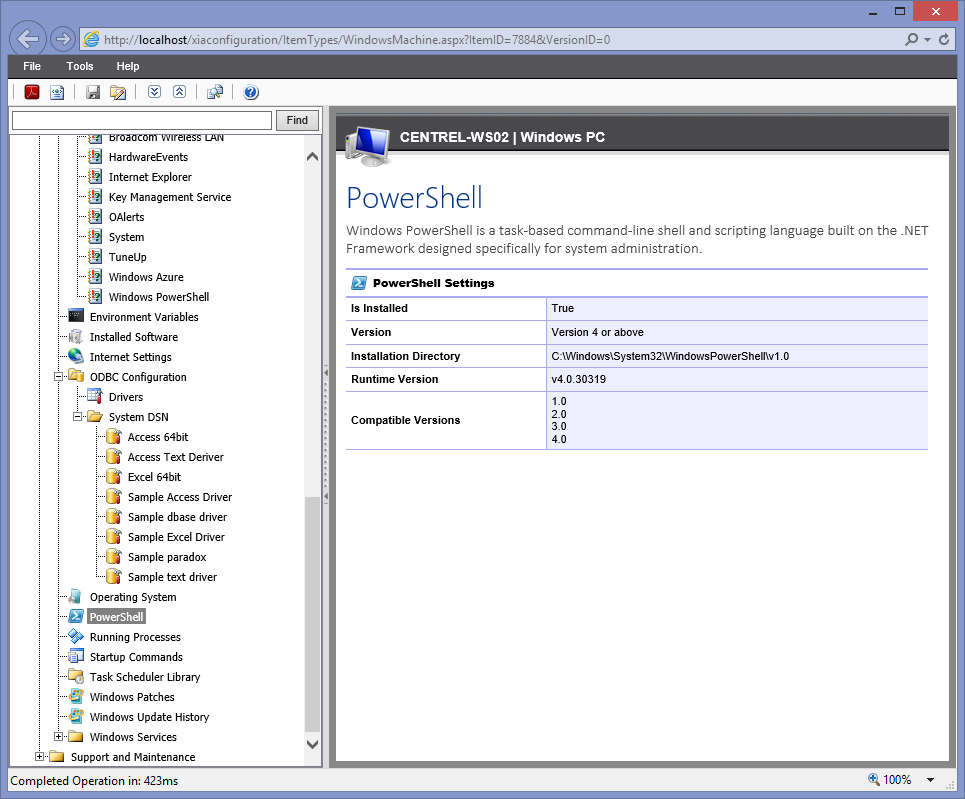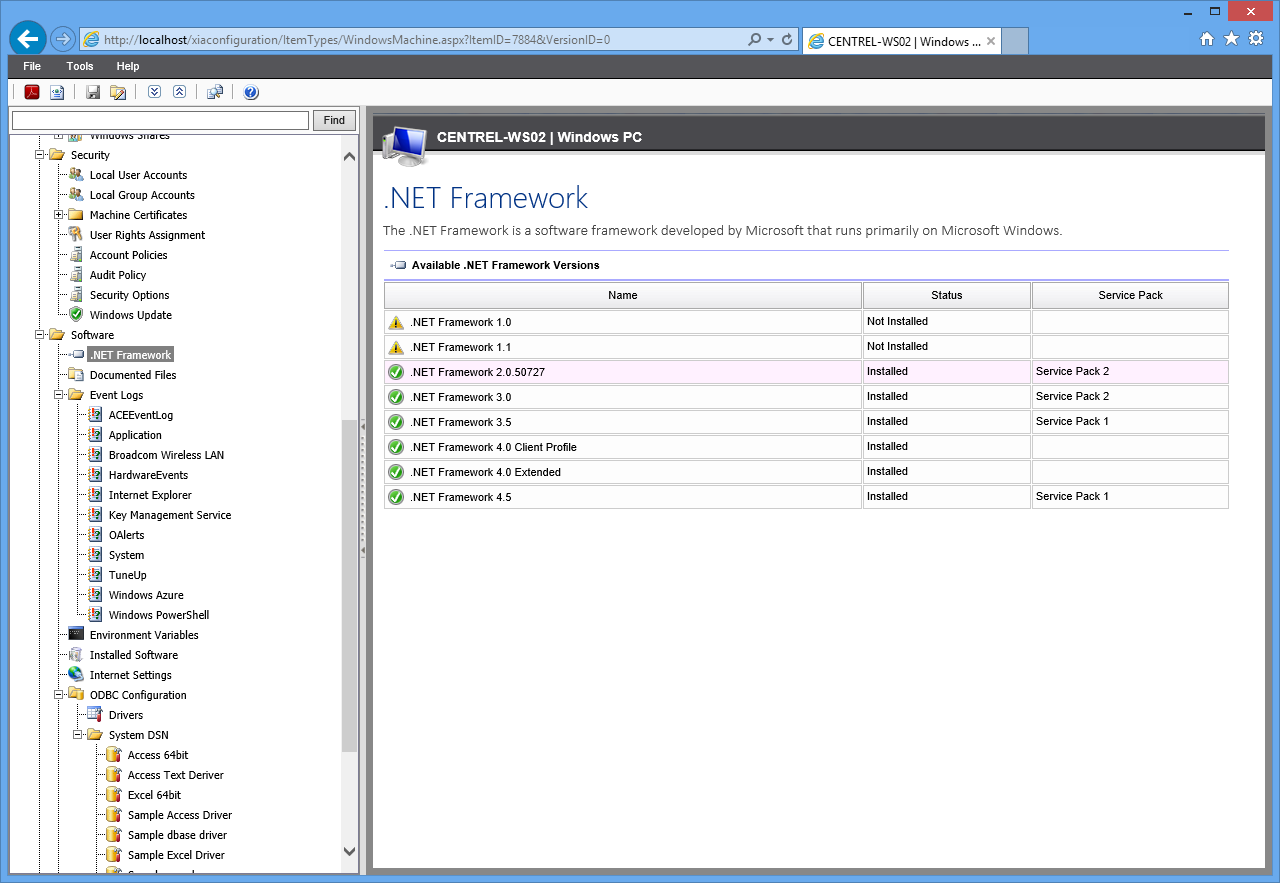Looking to document your SAN storage?
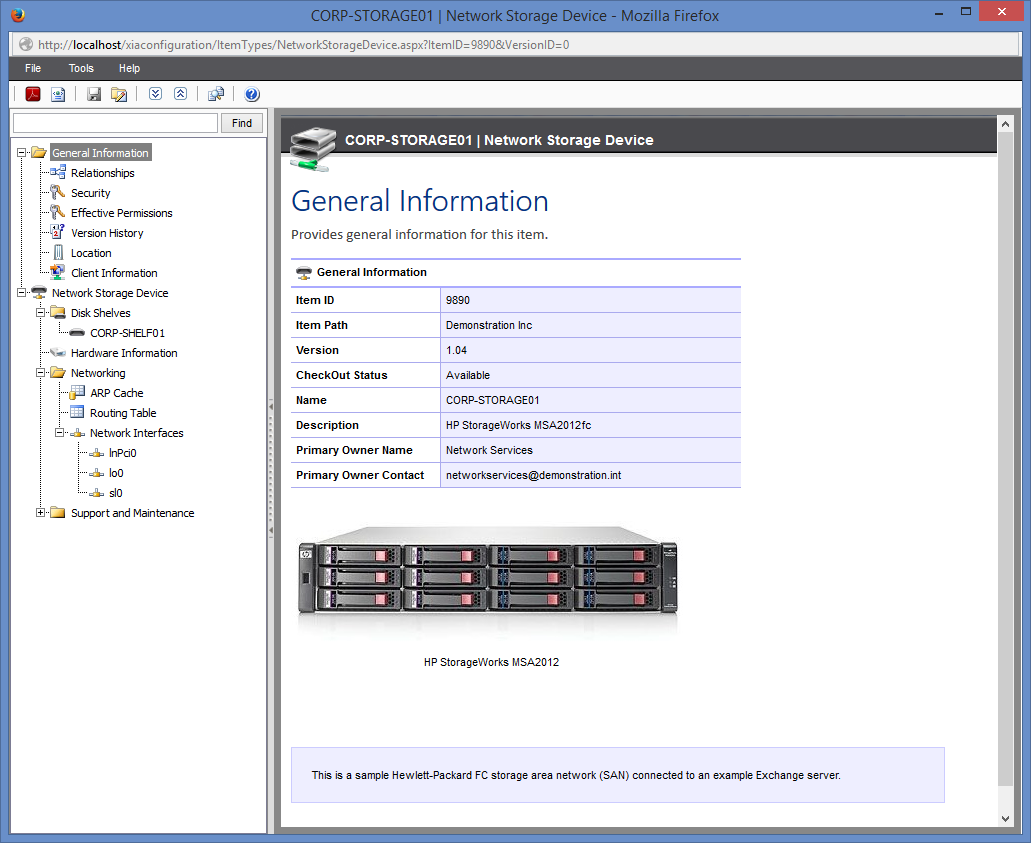
With XIA Configuration Server we are now adding SAN support. You can automatically document NetApp Filter and Hewlett-Packard MSA systems including the following information Name Description ARP cache Network Interfaces Base MAC address Routing table Serial number Model Firmware Software Version Product Number Management URL Or manually document any SAN. Network storage devices can be manually linked to disk shelves and servers. For more information see the Network Storage Device page. While this is a small start, we're looking to increase the depth and scope of this agent. If you're interested in the support for other manufacturers and models please email requests@centrel-solutions.com .
